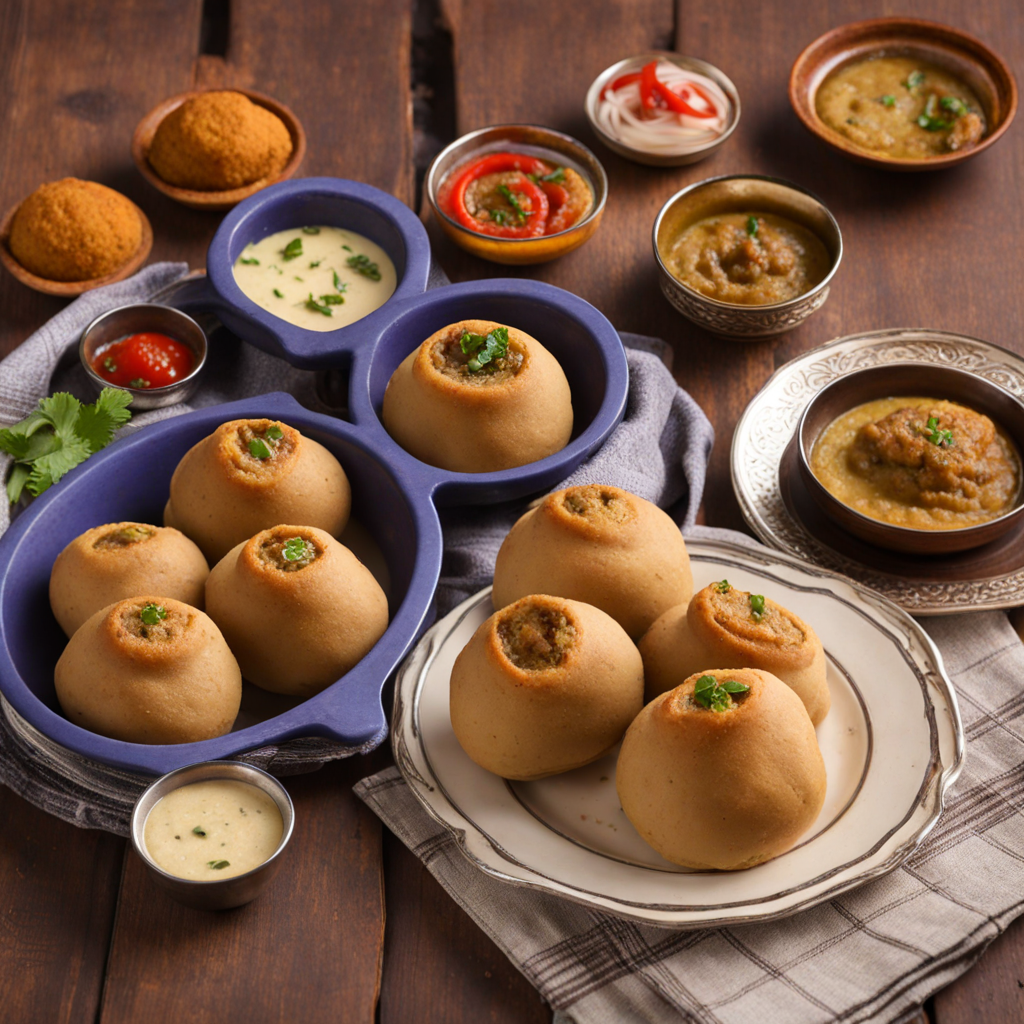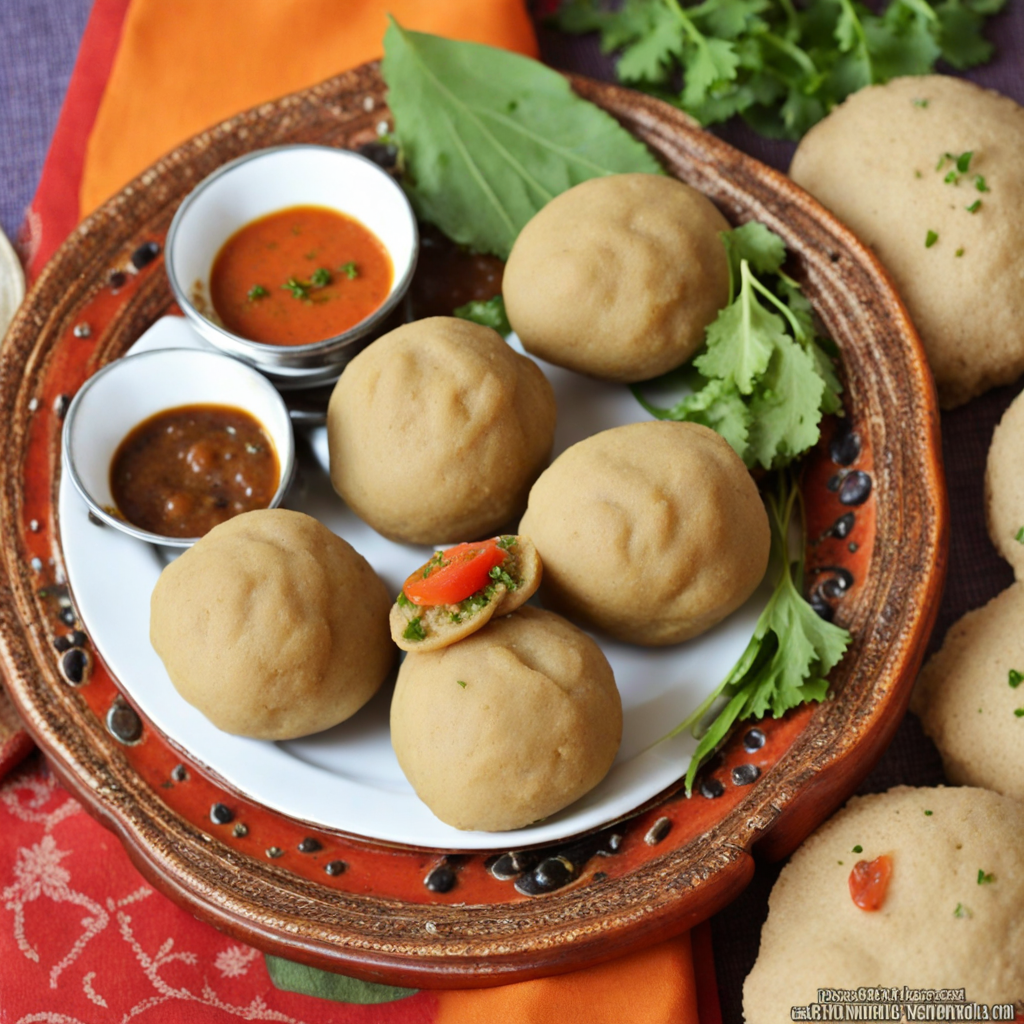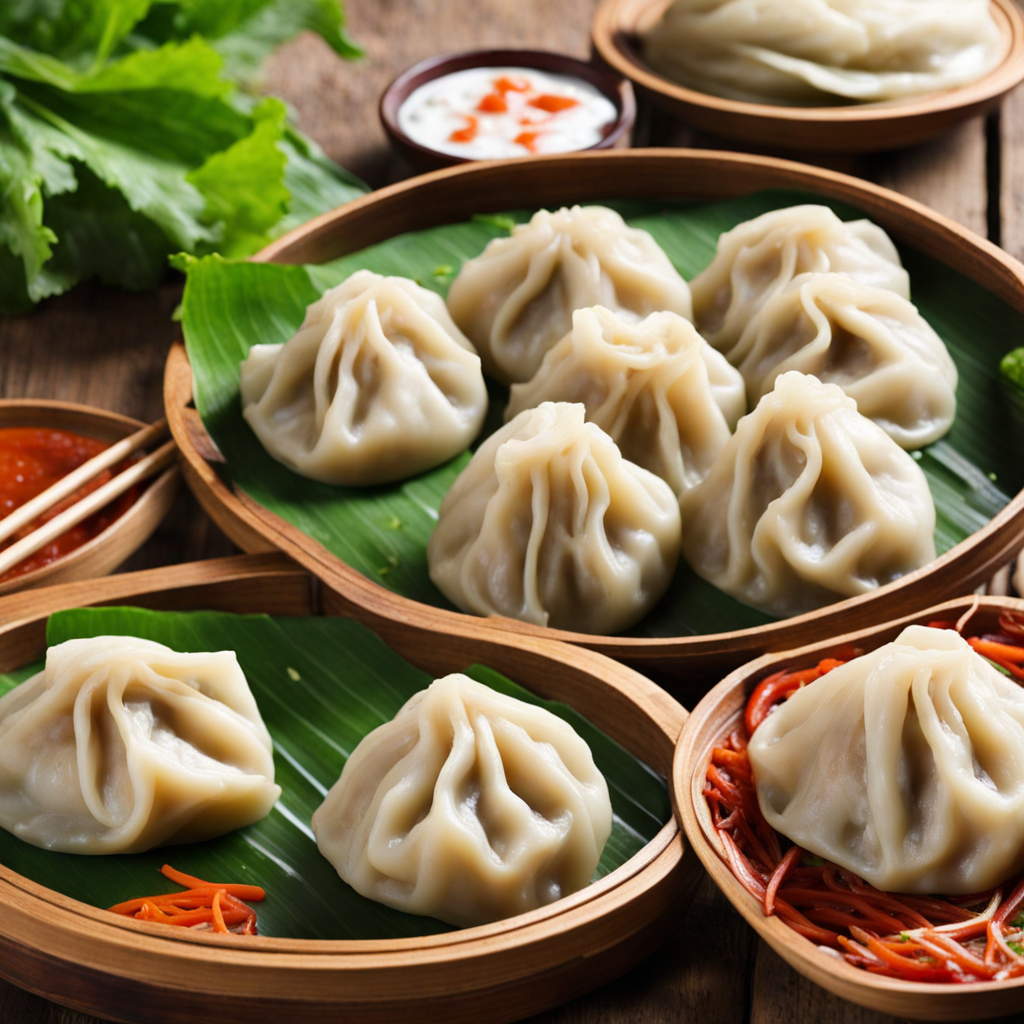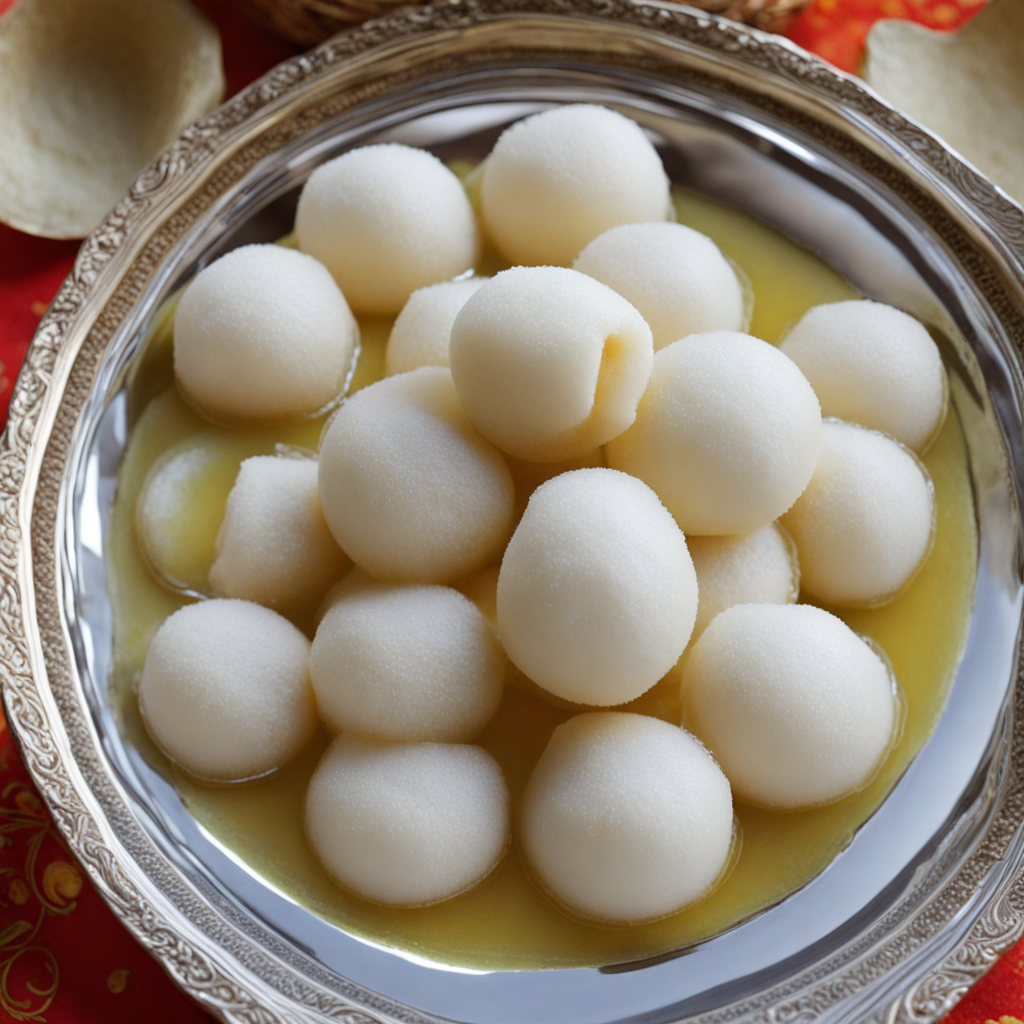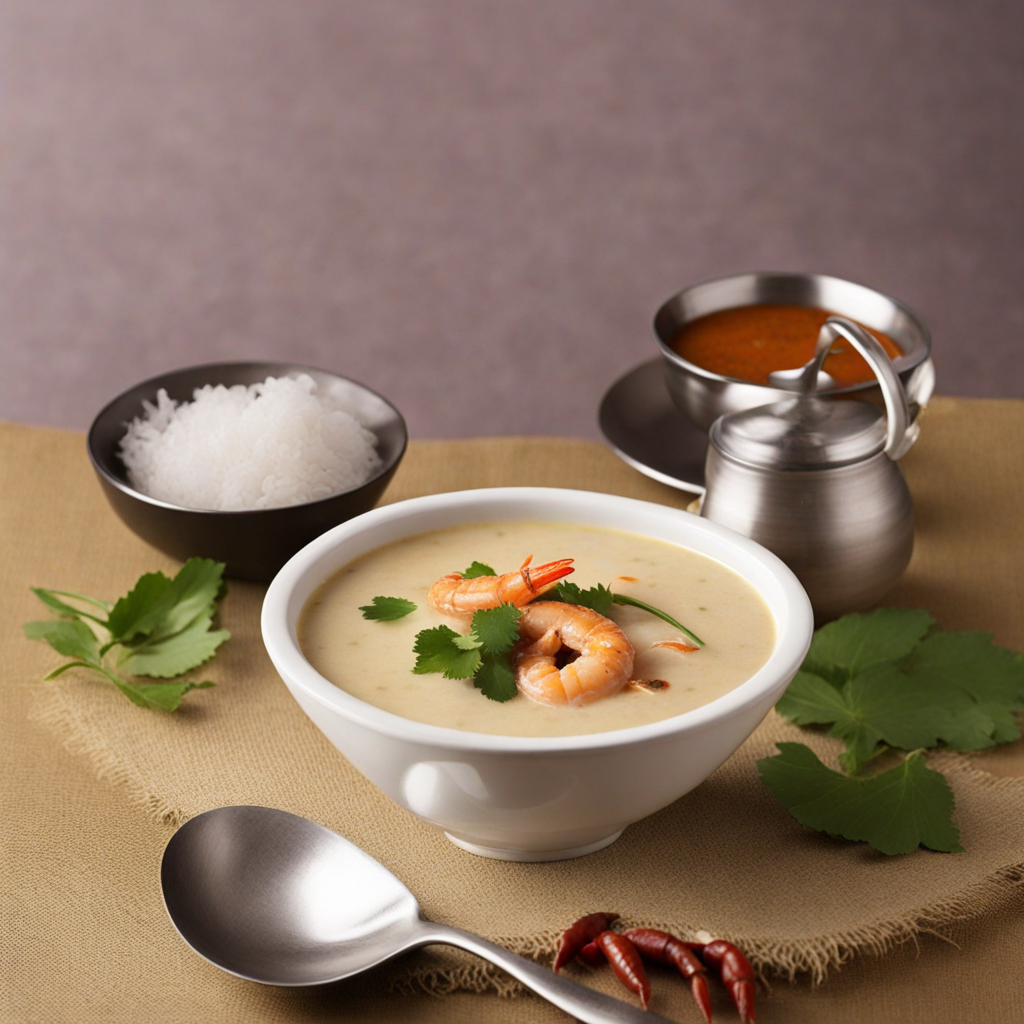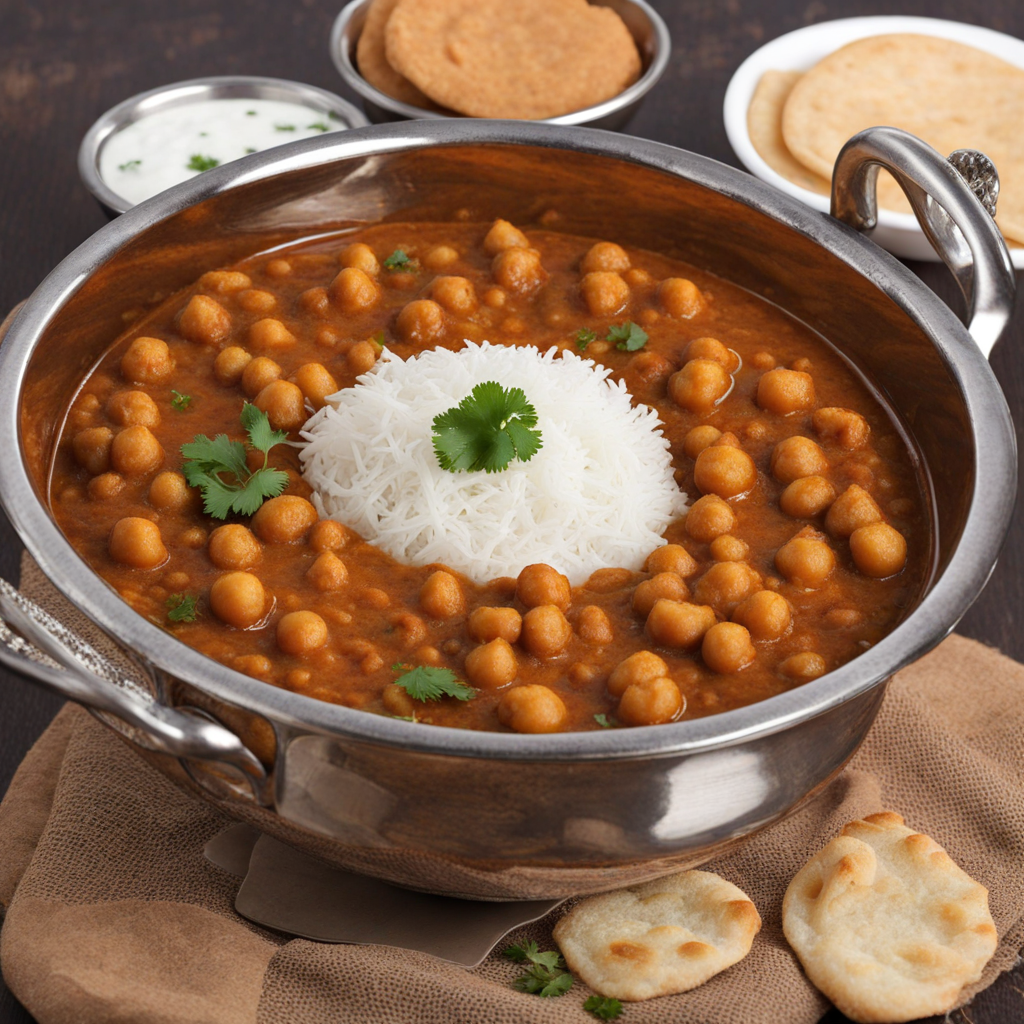Litti Chokha
Litti Chokha is a traditional dish hailing from the Indian state of Bihar, renowned for its rich flavors and unique textures. The star of the dish, Litti, is a round wheat flour ball stuffed with a spicy mixture of roasted gram flour (sattu), herbs, and spices. The dough is kneaded to a perfect consistency, shaped into balls, and then traditionally cooked in the tandoor or an open fire, giving it a smoky flavor and a crispy exterior. The Litti is often brushed with ghee (clarified butter) before serving, adding a luscious richness to every bite. Accompanying the Litti is Chokha, a vibrant mash of roasted vegetables, typically including eggplant (baingan), tomatoes, and potatoes. These ingredients are roasted over an open flame, infusing them with a deep, charred flavor that perfectly complements the Litti. The roasted vegetables are then mashed and mixed with mustard oil, garlic, green chilies, and fresh coriander, creating a zesty and aromatic side dish that enhances the overall tasting experience. The combination of the crispy Litti and the flavorful Chokha is a celebration of textures and tastes that is both comforting and satisfying. When served, Litti Chokha makes for a hearty meal that reflects the rustic culinary traditions of Bihar. It is often enjoyed with a side of pickles and yogurt, which add an extra layer of flavor and creaminess. Each bite offers a delightful contrast between the crunchy exterior of the Litti and the soft, spicy Chokha, making it a dish that is not only nourishing but also a true representation of the vibrant and diverse food culture of India. For anyone looking to explore new tastes, Litti Chokha promises a memorable culinary experience that captures the essence of Indian home cooking.
How It Became This Dish
Origin of Litti Chokha Litti Chokha, a traditional dish from the Indian state of Bihar, boasts a rich history that reflects the region's agricultural heritage and culinary practices. The origins of Litti can be traced back to the rural heartlands of Bihar, where farmers sought a nutritious and portable meal that could sustain them during long hours of labor in the fields. The dish comprises round wheat flour balls stuffed with a spicy mixture of roasted gram flour (sattu), spices, and herbs. Chokha, on the other hand, is a flavorful accompaniment made from roasted and mashed vegetables, commonly eggplant, tomato, and potatoes, seasoned with mustard oil, garlic, and spices. The agricultural landscape of Bihar, characterized by its fertile soil and a variety of crops, played a pivotal role in the development of Litti Chokha. The use of sattu, a staple food in the region, is a testament to the availability of locally sourced ingredients. Sattu, made from roasted chickpeas or lentils, is not just nutritious but also offers a unique nutty flavor that enhances the overall taste of the dish. This combination of ingredients illustrates the ingenuity of rural Bihari cuisine, designed to maximize flavor while utilizing readily available resources. \n\n Cultural Significance Litti Chokha is more than just a dish; it embodies the essence of Bihari culture and hospitality. Traditionally, it is prepared during festivals, family gatherings, and special occasions, symbolizing community and togetherness. The dish is often associated with the festival of Makar Sankranti, when families come together to celebrate the harvest and share meals. The preparation of Litti Chokha is often a communal affair, with family members joining in to roll the dough, make the filling, and roast the Littis over an open flame or in a tandoor. In Bihar, Litti Chokha is also celebrated for its practicality. It is a wholesome meal that can be easily packed and carried, making it a favorite for picnics and train journeys. The dish’s simplicity and robust flavors have made it a comfort food for many, transcending socio-economic barriers and becoming a beloved staple among all strata of society. It serves to remind people of their roots and the agricultural lifestyle that is integral to their identity. \n\n Preparation Techniques The preparation of Litti Chokha involves various techniques that have been passed down through generations. The process begins with making the dough, which requires whole wheat flour mixed with water and a pinch of salt. The dough is kneaded until soft and pliable, then set aside to rest. The sattu filling is prepared by mixing roasted gram flour with spices such as cumin, coriander, and chili powder, often enhanced with chopped onions, green chilies, and fresh coriander leaves. Some families even add a dash of lemon juice for acidity. Once the filling is ready, small balls of dough are flattened, filled with the sattu mixture, and then carefully shaped into round balls. The Littis are traditionally cooked over an open flame, which imparts a distinct smoky flavor. However, they can also be baked in an oven or cooked in a tandoor, yielding a crispy exterior and a soft, flavorful interior. Once cooked, the Littis are often brushed with ghee, adding richness and a glossy finish. Chokha complements the Littis beautifully, balancing the meal with its softer texture and tangy flavors. To prepare Chokha, the vegetables are roasted over an open flame until charred, which intensifies their flavors. The roasted vegetables are then mashed together and seasoned with mustard oil, garlic, and spices. The combination of the crispy Littis and the soft, spicy Chokha creates a delightful contrast that is both satisfying and comforting. \n\n Regional Variations While Litti Chokha is most closely associated with Bihar, variations of this dish can be found in neighboring states, each boasting its unique twist on the classic recipe. In Jharkhand, for instance, the dish is often prepared with different types of fillings, such as mashed potatoes or mixed lentils, reflecting the local palate. Similarly, in Uttar Pradesh, the dish may include additional spices or be served with different side dishes, showcasing the rich tapestry of Indian culinary traditions. In recent years, Litti Chokha has gained popularity beyond the borders of Bihar, becoming a sought-after dish in urban areas and among food enthusiasts. Restaurants specializing in Bihari cuisine have emerged in metropolitan cities, where Litti Chokha is often featured on their menus, celebrating the simplicity and authenticity of rural cooking. This increased visibility has also led to a resurgence of interest in traditional cooking methods and local ingredients, promoting a sense of pride in the culinary heritage of Bihar. \n\n Modern Influences and Global Reach As globalization continues to influence food culture, Litti Chokha has found its way into the hearts and homes of food lovers across the world. With the rise of social media and food blogs, the dish has been showcased in various culinary contexts, attracting attention from chefs and home cooks alike. The rustic charm of Litti Chokha, coupled with its wholesome ingredients, resonates with health-conscious individuals seeking comfort food that is both nutritious and satisfying. Contemporary chefs have also started experimenting with Litti Chokha, incorporating it into fusion cuisine. Some serve it alongside gourmet dips or in a deconstructed format, while others explore innovative presentations that appeal to modern aesthetics. This evolution of Litti Chokha demonstrates the adaptability of traditional dishes, allowing them to thrive in a rapidly changing culinary landscape. \n\n Conclusion Overall, Litti Chokha stands as a testament to the cultural richness and agricultural heritage of Bihar. Its journey from rural kitchens to urban restaurants symbolizes the enduring legacy of traditional Indian cuisine. As more people discover and appreciate this delectable dish, its story continues to evolve, bridging the gap between past and present, and celebrating the flavors of India. Whether enjoyed in a bustling city or a quiet village, Litti Chokha remains a cherished dish that brings people together, fostering connections through shared meals and memories.
You may like
Discover local flavors from India


